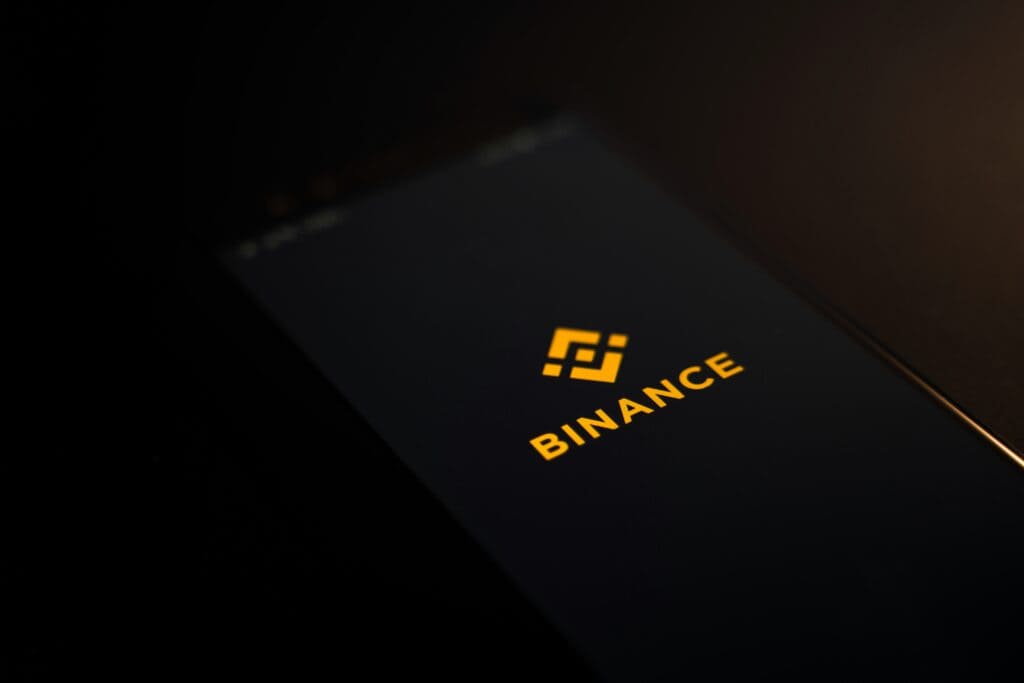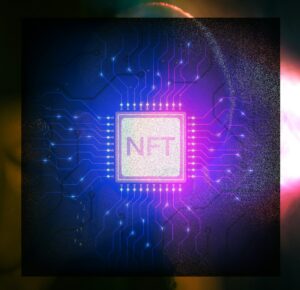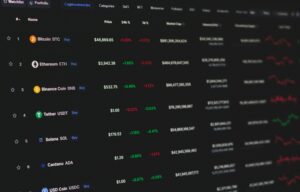Binance Delisting: Exchange Removes 5 Altcoins Amid Market Review

Table of Contents
Introduction
Binance, the world’s largest cryptocurrency exchange, has announced the Binance delisting of five altcoins as part of its periodic asset review. The affected cryptocurrencies include Monero (XMR), Aragon (ANT), Multichain (MULTI), Vai (VAI), and Osmosis (OSMO). The decision reflects Binance’s commitment to maintaining a secure, compliant, and high-liquidity trading environment.
With this move, traders and investors holding these tokens must take immediate action to withdraw or trade them before the delisting date. Binance’s decision follows a growing trend of exchanges tightening their listing criteria in response to evolving regulations and security concerns.
Which Altcoins Are Being Delisted?
The five cryptocurrencies scheduled for removal from Binance are:
- Monero (XMR) – A privacy-focused cryptocurrency often under scrutiny for its anonymity features.
- Aragon (ANT) – A governance token that supports decentralized organizations.
- Multichain (MULTI) – A cross-chain router protocol for blockchain interoperability.
- Vai (VAI) – A stablecoin built on the Venus Protocol.
- Osmosis (OSMO) – A decentralized exchange (DEX) on the Cosmos network.
These assets will no longer be available for trading on Binance after the official delisting date. Users are advised to withdraw their holdings before the removal deadline to avoid losing access to their funds.
Why Is Binance Delisting These Tokens?
Binance follows a strict asset review process to ensure that listed cryptocurrencies meet the platform’s security, compliance, and liquidity standards. Delisting decisions are influenced by various factors, including:
- Regulatory Compliance
Some tokens, such as Monero (XMR), have been under increased regulatory scrutiny due to their privacy features. Binance often removes assets that may pose legal risks or fail to align with global compliance requirements. - Low Trading Volume & Liquidity
Cryptocurrencies with declining market activity are often removed to maintain a high-efficiency trading environment. Binance prioritizes tokens with strong liquidity and user demand. - Security & Project Development
Binance regularly evaluates projects for their technical development, security vulnerabilities, and transparency. If a project fails to maintain its roadmap, lacks development updates, or has security risks, it may be delisted. - Market Manipulation & Ethical Concerns
If a cryptocurrency shows signs of artificial price inflation, insider trading, or unethical management practices, Binance may choose to remove it to protect users.
What This Means for Traders & Investors
The delisting of these altcoins has several implications for crypto traders and investors:
- Price Volatility – Historically, assets removed from major exchanges experience a sharp decline in price due to reduced liquidity and investor confidence. Holders should monitor the market closely.
- Forced Token Migration – Investors must transfer their holdings to private wallets or other exchanges that still support these tokens before the delisting deadline.
- Increased Regulatory Scrutiny – Binance’s decision indicates a shift toward stricter compliance policies, which could affect future listings and removals.
How to Prepare for Binance Delisting?
If you hold any of the affected altcoins, here’s what you should do:
- Withdraw Your Tokens: Move your assets to a private wallet or another exchange before Binance completes the delisting process.
- Convert to Other Assets: If you prefer not to hold delisted tokens, consider exchanging them for stablecoins or other cryptocurrencies still supported by Binance.
- Stay Informed: Follow Binance’s official announcements to stay updated on future listing and delisting decisions.
Will Binance Delist More Cryptocurrencies?
Binance has also introduced a community voting system, allowing users to influence future listing and delisting decisions. This initiative aims to create a more transparent and decentralized process for asset selection. However, Binance will continue to conduct independent reviews based on security, regulatory, and liquidity factors.
Given the increasing pressure from global regulators, more delistings may occur in the future, especially for tokens that fail to meet compliance standards or maintain active development.
Final Thoughts
The Binance delisting of Monero (XMR), Aragon (ANT), Multichain (MULTI), Vai (VAI), and Osmosis (OSMO) highlights the exchange’s ongoing efforts to maintain security, liquidity, and regulatory compliance. While delisting decisions can create uncertainty for traders, they also reinforce Binance’s commitment to a safer trading environment.
Crypto investors should always stay updated on exchange policies, diversify their holdings, and take proactive measures to protect their assets.









